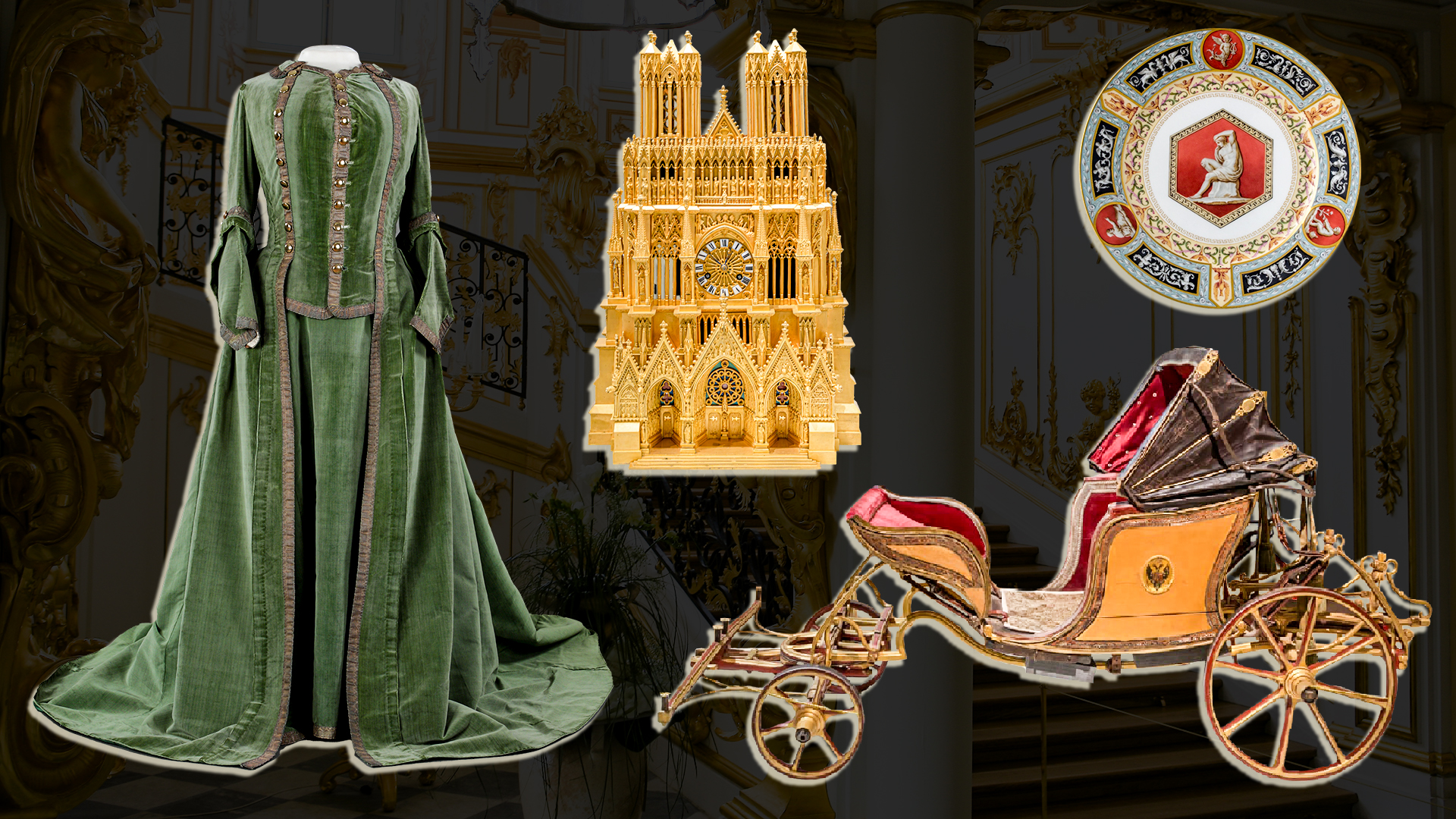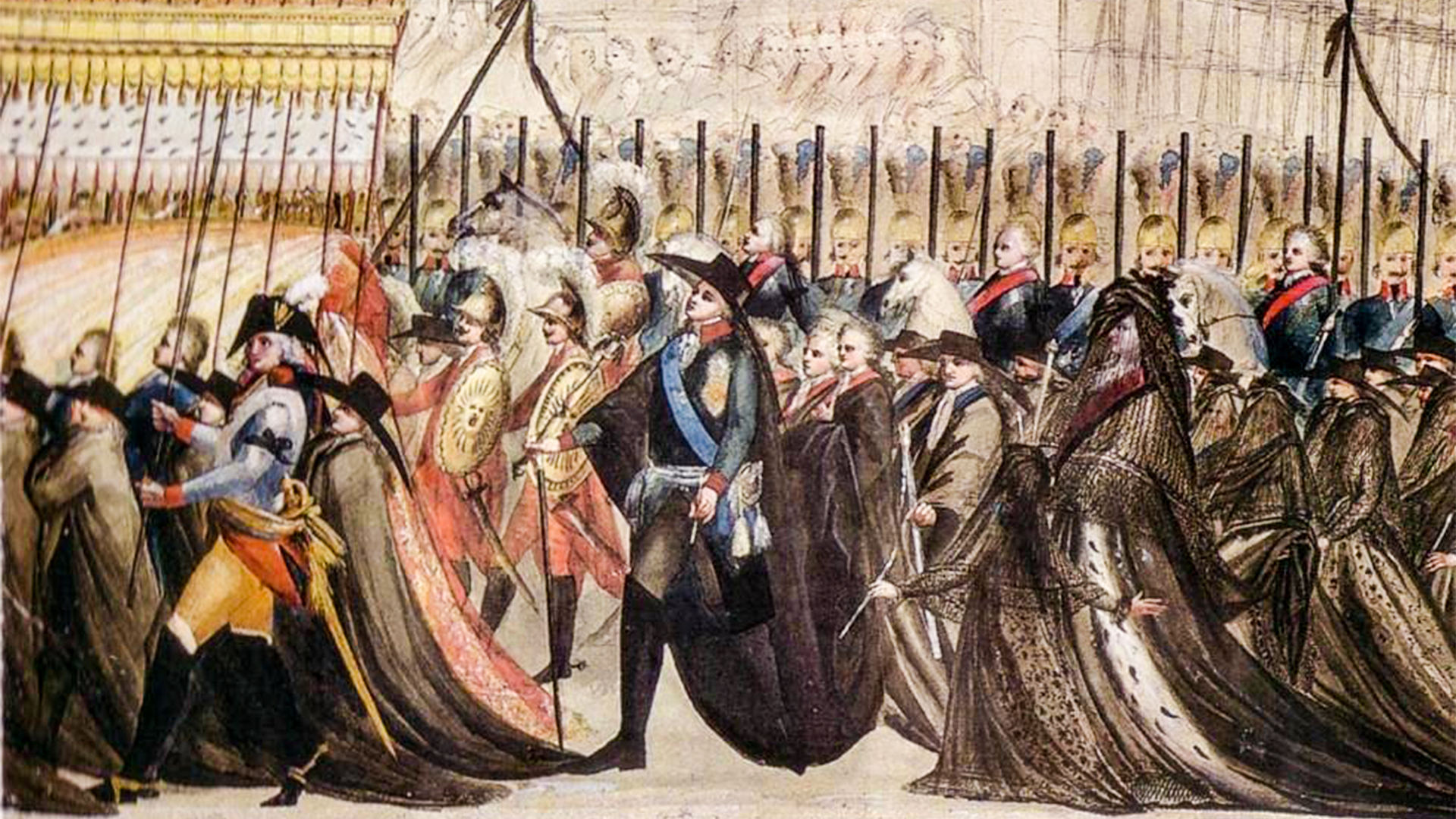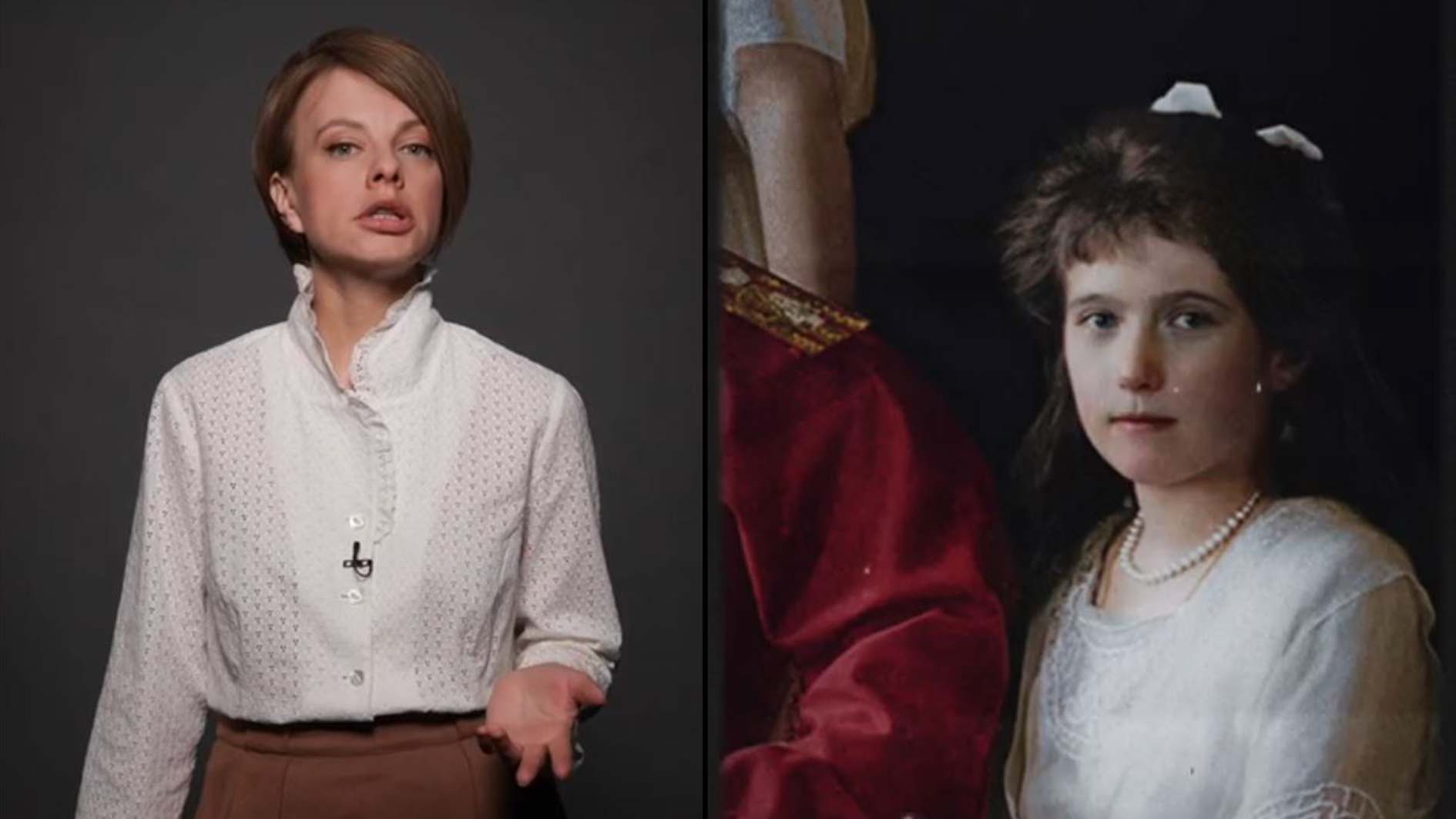
Why wasn’t Peter the Great buried for 6 entire years?

Peter the Great was not buried for a whole six years. He even had to be embalmed while waiting for his burial, which hadn’t been done to any other Russian tsar.
The emperor had been preparing for his own funeral his whole life. Peter, an opponent of many old Russian traditions, didn’t want to be buried like Moscow tsars – the following day after death. Instead, he wanted pompous and lengthy farewells like the European kings had, which he learned from real examples: he forced Russian diplomats abroad to attend funerals and did so himself, as well.
Hence, when, in 1725, his time came, the farewell was unprecedented. The farewell ceremony in the palace alone lasted 42 days. There wasn’t a single Russian religious icon near the coffin (which, too, was hard to imagine prior). The funeral procession consisted of 11,000 people. His giant two-meter-long coffin was brought to the Peter and Paul Cathedral over the iced-over Neva River.
 Peter I funeral Hall
Peter I funeral Hall
But, at the cathedral, his coffin was left unburied for six years. In the meantime, Peter’s wife, Catherine I, died, as well. Her coffin was placed next to his. Rumors began to spread among the people that the tsar was not buried, because there were “devilish experiments” being conducted on his body.
The truth, however, turned out to be much more prosaic. The tsar had thought of everything – except that he couldn’t foresee his own sudden death – and he hadn’t been able to finish the construction of his tomb, as well as the entire Peter and Paul Cathedral. When Peter the Great died, he was placed in a temporary wooden chapel inside of the building under construction.
 St. Peter and Paul's Cathedral in St Petersburg
St. Peter and Paul's Cathedral in St Petersburg
Curiously, when he was finally buried, it was done in such a way so he couldn’t be exhumed – for that they would have to tear down the entire Peter and Paul Cathedral.












